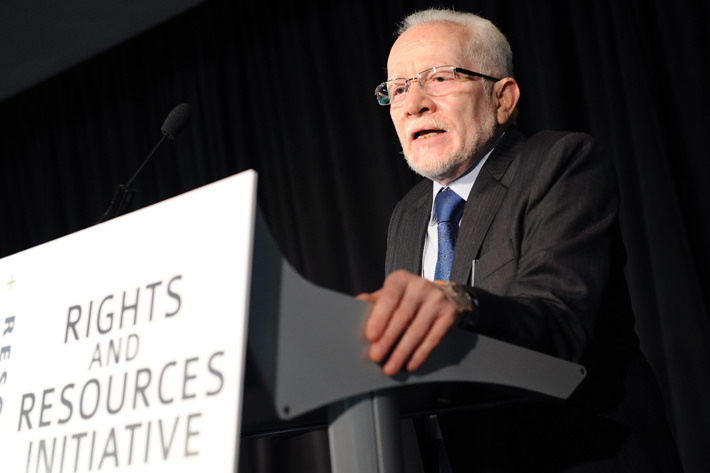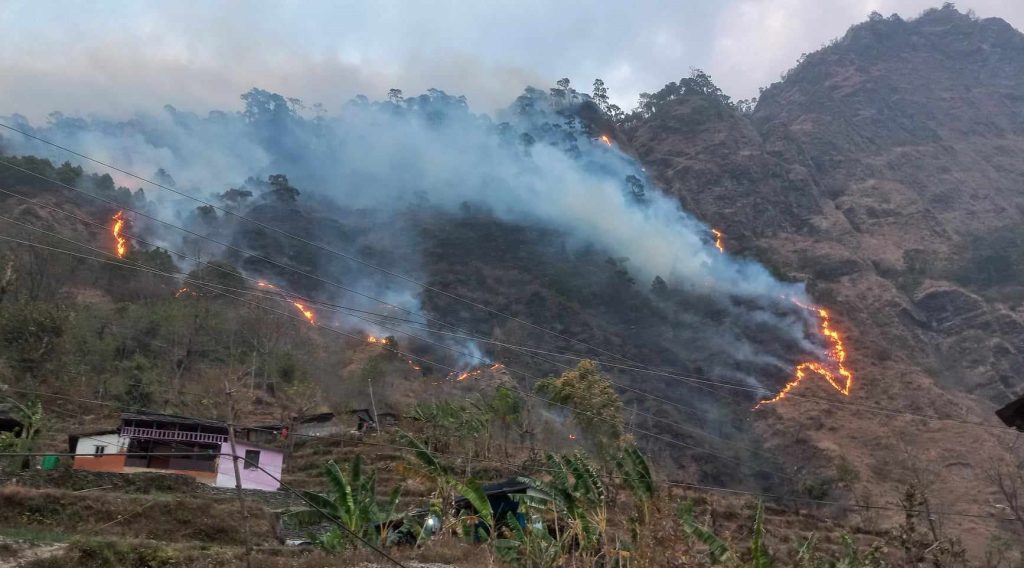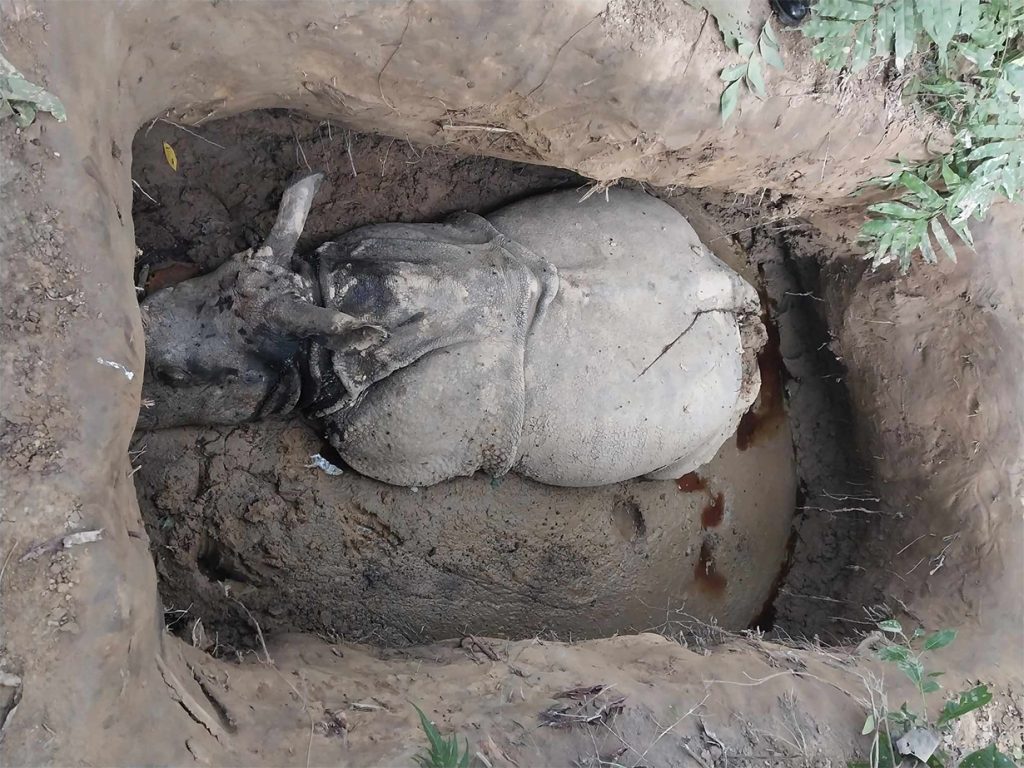Managing the forest areas have not been reap the benefit
- Nature Khabar


Arvind Khare is a senior Advisor to Rights and Resources Initiative group. He finished his education in Mathematics as specialized subject. He has been utilizing his optimum math knowledge in the area of forest and resources management since many years. According to him, he was interested to support the people involved in community forest from his childhood. He is actively engaged in this sector for supporting the rights and resources of communities by establishing this organization since 2006.
RRI is working closely with many organizations and community groups in Nepal. Nature Nepal representative Sujata Karki had a brief conversation with Mr. Khare this week about his experiences and issues he and his organization have been advocating for. Here is an extract of the conversation:
How would you introduce your organization?
I along with two of my colleagues started Rights and Resources Initiatives (RRI) back in 2006 in Washington DC. It is an international coalition of organizations. We are currently working in more than 16 countries mostly in the sectors of forest and land rights. I currently look over the operations of India and Nepal.
How are you feeling as a part of RRI?
I think the worth of RRI has already been proven with its track record in many countries. I compare my association with RRI with a venture capital as I being one of the co-founders feel myself responsible both for its success and failure. It’s really nice to be a part of an unique organization because while it does some sort of funding to the organizations across the globe; but more importantly it helps in analyzing the situation and tapping every opportunity that emerge in any country in a timely and responsive way.
How do you view the changes and transitions between past and present? How have the things changed now from the times you have started RRI?
Well, we started off with a clear target and the target was to double the area of global forest areas owned by communities by 2015. Back in 2006, around 22 % of world’s forest was under community ownership and in 2015 the figure rose to 32 %. Though we were not able to meet our target, we feel that this achievement is quite substantial. This I believe is the major change that I can see so far.
Will you shed little light on how RRI got started off in Nepal?
As mentioned earlier, RRI is committed in securing the rights of communities; we hold similar interest in Nepal as well. We knew it well that community forest movement was building on quite strongly in Nepal however saw little security of the community over the forest which they owned. In this backdrop, RRI started operating here.
How would you explain the community forest ownership in the simplistic terms?
The actual right of community ownership over the forest is to own, control, manage and govern the forest and the forest resources by the people from the forest vicinity. The setting up of rules and their implementation need to be done by the community not the external bodies; not even the government. This is what I have understood community ownership as.
Drawing from your experience, what challenges have you encountered so far for community-owned forest in Nepal?
The challenges are quite obvious. While the community forest movement has remained strong all these years, there is no legal guarantee of the rights which the people in the community are entitled to get. I also think there are number of restrictions in the law due to which the communities which are owning and managing the forest areas have not been reap the benefit of the heavy contribution they invest in these forests. So, there also lies the challenge in terms of government and the forest agencies of Nepal to understand that they are blocking the potential prosperity of the communities rather than helping them achieve the prosperity.
Can you give out quick suggestions to the government so that it can work to guarantee the rights of communities owning the forest areas, keeping the forest resources intact?
The first and the only suggestion for the government is to empower the local communities and forest consumer groups. The central government can’t overrun all the projects in any country and specially in Nepal where around 40 % population are organized under different community forest groups and another big chunk under different indigenous groups. So, the first role of government is to empower these communities and collaborate with them to decentralize its efforts of conservation of forest resources.





Feedback